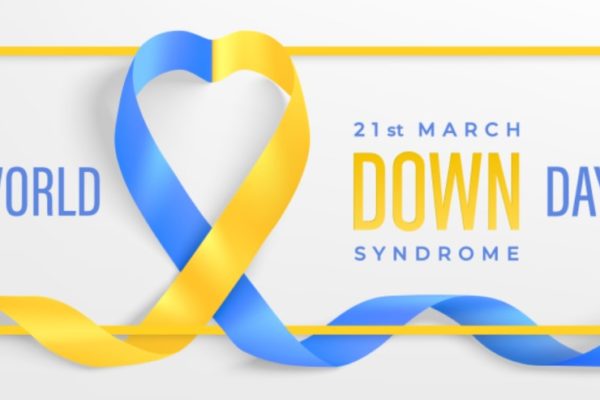We seem to exist in a world that is increasingly characterised by the acronym VUCA – volatility, uncertainty, complexity and ambiguity. The term can be applied to many facets of society, whether we are talking about news, investment, politics or social networks. Although the acronym dates back to 1987 as a response to military changes in a post-soviet bloc world, it is a term that has equal application today; indeed, is particularly apt in the context of the Covid pandemic in which we find ourselves.
Notwithstanding the acceleration of activity; be that news flow, information on stock market performance or the speed at which our social media posts are liked or challenged, we are better equipped to deal with the swiftness of the data. Technologically, we are able to configure our devices to relay the information in the way we want to receive it. From a human perspective, we adapt to new processes and ways of doing things, evolving our daily patterns to accommodate new stimuli. Notwithstanding that adaptation, the emergence of the new and our ability to deal with it may not always in balance.
It was that adaptation to changing circumstances that acted as the catalyst for this post. The latest edition of the Harvard Business Review examines managing risk and resilience[1] and I was particularly struck by an article that examined building organisational resilience, and specifically the use of the word resilience. Resilience is a word that seems to feature more and more in our daily usage. It is often associated with mental health, referring to the process of adapting well in the face of adversity, trauma, tragedy, threats or stress.[2] Indeed, search the internet using the term ‘resilience’ and you will be faced largely by self-help sites guiding you to ways of building or strengthening your personal resilience.
The HBR team were testing organisational resiliency, however, and did so through the lens of three common working practices: ‘routines’ – in other words, a check-list approach to ensuring work is completed; ‘heuristics’ – applying rules of thumb to assist in decision-making; ‘improvisation’ – using ad hoc responses when faced with a problem. They wanted to see how these practices fared under the pressure of different challenges. Given they chose to test these working practices in a climb of the Kangshung face of Mount Everest, I think it is fair to say personal resilience was also put to the test!
Perhaps unsurprisingly the key finding of the study was that different types of challenge call for different approaches. When the climb team leader was remote from decisions that needed action, the on-site team applied heuristics to manage on a temporary basis. When the climbers reached the ‘death zone’ without knowing how their bodies would react to the immediate challenge, improvisation became the mode of operation. The other key finding of the study was that the tools to apply are ‘independent and dynamic’. In other words, it is very difficult to pre-empt when a particular working practice will be beneficial and for how long its efficacy will last.
Whether we are looking at a personal or organisational level it would seem important to have a range of techniques at our disposal to underpin our resilience. Organisationally this may require scenario stress testing to examine robustness of systems under a range of different environments. From a human perspective, we also need to equip ourselves to be strong in the face of adversity and like the Everest example, knowing what technique will be effective in what situation may not be immediately apparent. But if the assumption I made earlier about the growing use of the word resilience is correct, then maybe we are at least more aware of the need to provide support when resilience is low.
[1] Harvard Business Review, November – December 2020, pp.47-52
[2] American Psychological Association (2014). The road to resilience.






